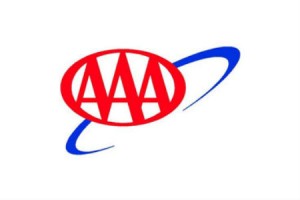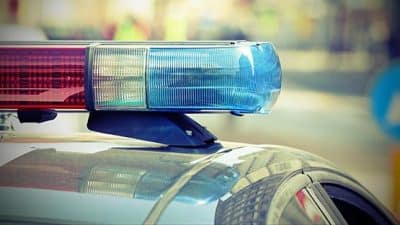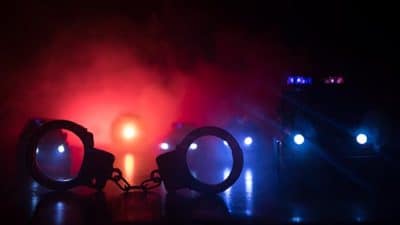
- AAA evaluated 17 vehicles across 11 manufacturers with factory-installed and aftermarket rear-view camera systems on a variety of vehicle body styles.
- The increased visibility ranged from a 36 percent improvement in smaller sedans to a 75 percent improvement in hatchbacks. Large trucks and sport utility vehicles scored in the mid-range of vehicles evaluated.
“Rear-view cameras are a great supplement for drivers,” says Martha Mitchell Meade, Manager of Public and Government Affairs for AAA Mid-Atlantic. “Cameras do not replace the need to check around your vehicle for obstacles before getting in to back up, but they do dramatically improve rear visibility. These systems are especially helpful for viewing the first 10 feet behind the vehicle, which are the most hazardous in terms of back-over risk for young children.”
AAA evaluated 17 vehicles across 11 manufacturers with factory-installed and aftermarket rear-view camera systems, testing a variety of vehicle body styles to measure the reduction in blind-zone areas as a direct result of using a rear-view camera system.
AAA’s research – conducted with the Automobile Club of Southern California’s Automotive Research Center – found that:
- A rear-view camera system increased visibility of the rear blind-zone area by an average of 46 percent for the vehicles tested. This ranged from a 36 percent improvement in smaller sedans to a 75 percent improvement in hatchbacks.
- Although these systems dramatically improve rear-view visibility, they do not show 100 percent of the space behind the vehicle. AAA recommends drivers always walk behind their vehicle to visually confirm that there are no obstacles, and use the rear-view camera to confirm that nothing has entered the area immediately behind the vehicle since the driver’s walk-through inspection.
- Rain, snow or slush can cloud the rear-view camera lens, delivering blurry imagery. Motorists will need to resort to manual methods of confirming that the rear blind zone is clear during inclement weather. Wiping the camera during the pre-drive inspection is a good habit that ensures the camera is ready to capture a clear image.
- All of the systems tested met – and many exceeded – the minimum specifications for image quality per the NHTSA guideline.
“When used appropriately, a rear-view camera offers a bright, clear view directly behind the vehicle where small children are most difficult to see,” added Meade.
The AAA Foundation for Traffic Safety also has provided an assessment of back-up cameras, along with six other advanced technologies, in the August 2014 report Evaluating Technologies Relevant to the Enhancement of Driver Safety. Conducted by the Massachusetts Institute of Technology AgeLab, the study details a data-driven system for rating the effectiveness of new in-vehicle technologies intended to improve driver safety. Motorists can review the AAA Foundation’s rating for new in-vehicle technologies, along with extensive informational material, athttps://www.aaafoundation.org/ratings-vehicle-safety-technology.










